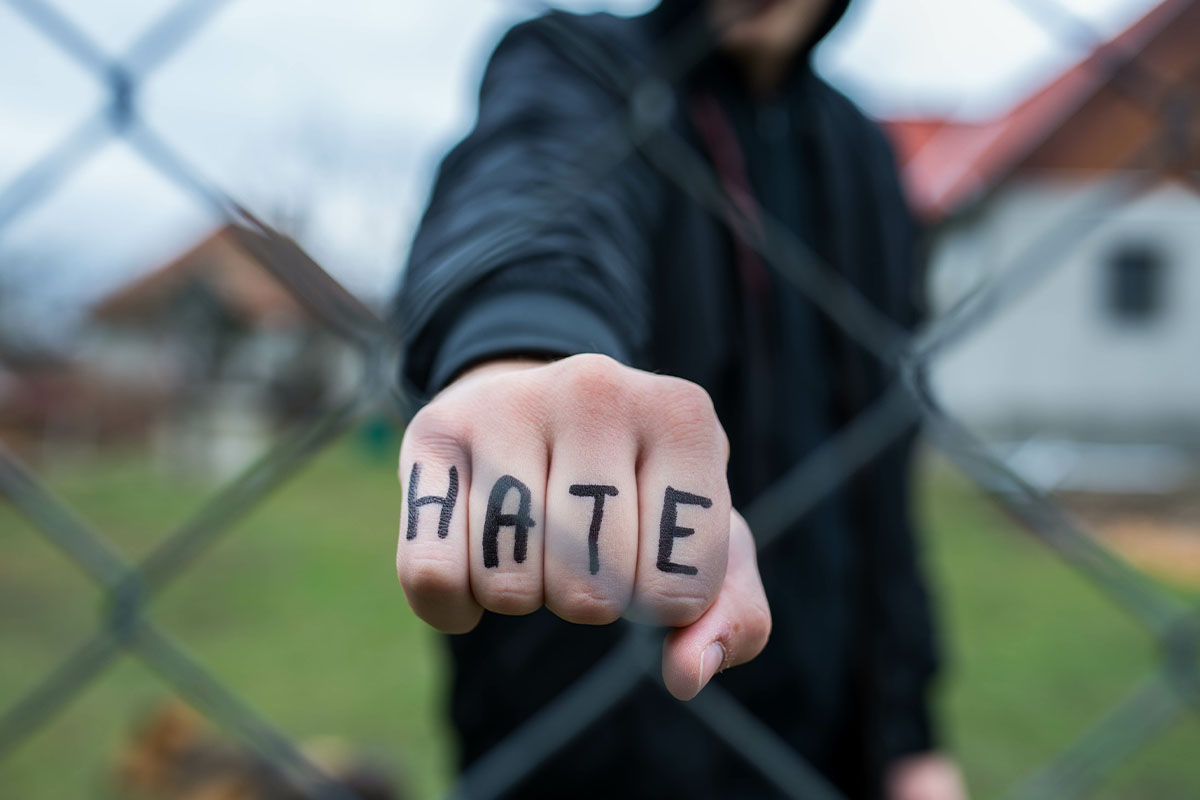They have encouraged millions to set and share goals or to appreciate the beauty of a sunrise, but TikTok challenges — contests on the popular social media site challenging users to upload a video of themselves completing a task — do not always encourage such positive behavior.
A TikTok challenge is leaving numerous Kia and Hyundai owners with missing vehicles and in search of legal redress.
The TikTok car theft challenge, described in August 2022 by the Los Angeles Police Department, is depriving car owners of their vehicles as perpetrators steal and trash those cars for fun.
Children and teens looking to compete in the challenge are told to upload a video of themselves hotwiring and stealing a car using nothing more than a standard USB cable. The vehicles that are most often targeted by those participating in the challenge are Hyundais and Kias manufactured between 2010 and 2021.
In looking for answers and compensation, owners of the stolen Kias and Hyundais that have been stolen in this TikTok car theft trend are turning their attention to the car manufacturers themselves.
History and Impact of TikTok Car Thefts
Experts believe that Kia TikTok thefts and Hyundai TikTok thefts first started in 2021 and have exploded in popularity since.
According to a CNBC report, several large jurisdictions have reported alarming increases in the number of Kias and Hyundais being stolen as individuals, usually, children, participate in the challenge. For example:
- Beginning in July 2022, St. Petersburg, Florida, reported that over 33 percent of all car thefts are tied to the TikTok car theft challenge
- Los Angeles, California, indicates that there was an 85 percent increase in the number of Hyundai and Kia thefts from 2021 to 2022
- Chicago, Illinois, reports nearly an 800 percent increase in the theft of specific vehicles since the TikTok challenge first appeared
While the challenge does not require participants to steal any certain type of car, Kias and Hyundais built between 2010 and 2021 are being targeted because of the ease with which they can be stolen.
These vehicles use a mechanical key and do not have an engine immobilizer, making them easy to steal. Thieves, some of whom are as young as 11 years, can easily open the steering column and hotwire these vehicles in as little as 30 seconds.
Once a vehicle is stolen, an event that the thief records on TikTok, the thief or thieves will take the vehicle and joyride or use the vehicle to commit additional crimes. Some of the Kias and Hyundais that were stolen have later been recovered after the thieves abandoned them, leaving them heavily damaged.
Since the TikTok car theft trend began, Kia and Hyundai have announced upgrades to affected vehicles that will prevent the engine from starting absent the key actually being in the ignition.
Lawsuits Filed Against Kia and Hyundai
Depending on the age of those stealing the cars, they may face few criminal consequences. This assumes that the people responsible for stealing the Kia or Hyundai can be identified and located.
But even where a criminal conviction is secured, this may be a no-win situation for victims because few, if any, criminal defendants have the financial resources to compensate their victims for their losses.
These and perhaps other concerns have prompted those affected by the TikTok car theft challenge to either file individual lawsuits or join class action suits against the two automakers and seek damages from the manufacturers.
Although the mechanisms of an individual lawsuit and a class action lawsuit are slightly different, both center on a similar claim: that the auto manufacturer negligently crafted certain vehicles, making them unreasonably easy for others to steal.
Individual Product Liability Lawsuits
Theft victims who file individual lawsuits do so under a theory of product liability. This legal theory says that manufacturers of a product have an obligation to their consumers not to allow design flaws or other failures to render their product dangerous or defective.
When manufacturers of products unreasonably allow defective products to make their way into the hands of consumers, the manufacturers can be responsible for losses, damage, and harm.
Class Action Lawsuits
In a class action suit, numerous plaintiffs — sometimes hundreds or thousands of them — with a similar injury caused by the same party will join together and bring a class action suit.
In this type of suit, a few plaintiffs will represent the entire class and will prosecute a case on behalf of the entire class. These class representatives have the authority to enter into a settlement or take the case to trial.
Class members themselves have little control over the resolution of the case, but they do benefit from being able to share in any verdict or settlement that the class representatives secure.
A class action lawsuit can also provide compensation to class members who may not have had their cars stolen but who nonetheless had a defective Kia or Hyundai.
What to Do if You Are Affected by the TikTok Kia Thefts and Hyundai Thefts
If you own a Kia or Hyundai manufactured between 2010 and 2021 that uses a physical key to start the car, you should contact your nearest service facility about the manufacturer’s available security upgrades.
If your vehicle has not yet been stolen in this TikTok car theft trend, these security upgrades can help prevent your car from falling victim to this senseless and damaging challenge.
Regardless of whether your vehicle has been stolen, though, you may have legal rights that you can assert against the vehicle’s manufacturer. Depending on the facts of your situation, these rights can include the ability to join one of several class action lawsuits presently pending in numerous states. You may also be able to file an individual product liability case.
Contact McEldrew Purtell for a free consultation if you have a Hyundai or Kia manufactured between 2010 and 2021. We will evaluate your situation, advise you of your legal rights, and help you take action to secure the compensation you are entitled to.









